Advance Sales And Customer Enablement With Content Intelligence

Enablement might seem like a catch-all term, but it refers to many layers of the sales process, which have the same goal: closing deals. Enablement makes workflows easier, reduces friction, and literally enables people (i.e. buyers or sellers) to complete an action—whether that’s setting up a demo, making a purchasing decision, or improving operations. Simply put, sellers need to sell, buyers need to buy, and enablement helps make this possible. There are three types of enablement in business:

Customer Enablement
This refers to everything you’re doing (or could do) to improve your customer experience. This includes giving customers access to the tools, resources, and information they need to make decisions and use your product.

Sales Enablement
A similar idea to customer enablement, but in this case you need to provide the resources and tools to your sales team, so they can close deals faster.
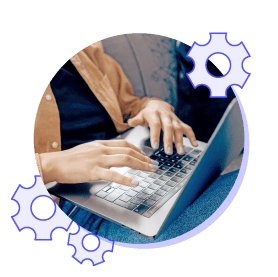
RevenueEnablement
This supports all revenue-generating channels and refers to how your company acquires and retains customers.
Sales and revenue enablement might seem to overlap, but they’re concerned with very different areas of a business. As Gartner puts it, “sales enablement focuses on only the sales organization, while revenue enablement is about improving workflows within all customer-facing functions in service of streamlining the purchase process.”
How content intelligence enables sales and marketing

Content intelligence has many use cases—and you can learn about each of them in our Use Cases Resource Center. In the case of enablement, content intelligence helps teams understand what content is driving engagement, and with which audience. Teams can then use these insights to optimize their buyer’s journey, selling process, and ideal customer personas. Adding content intelligence into the mix allows you to make data-driven decisions about:
1. Which resources and content speed up purchasing decisions
With content intelligence you’ll understand what content is resonating the most. Is there a particular blog post or webinar that your prospect buyers consume before they accept a sales meeting? Take note of your highest-performing content assets and make them front and center.
2. How frictionless your buying journey is
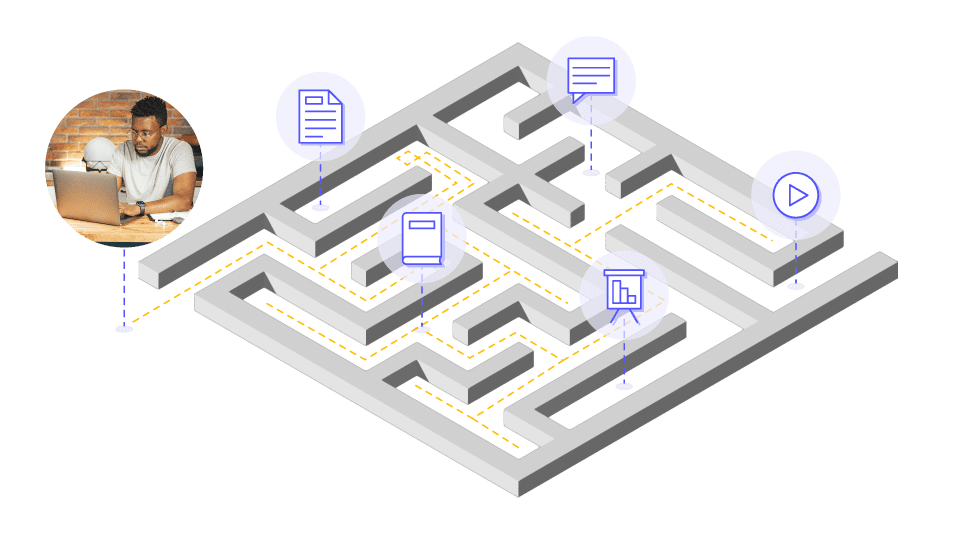
Traditional Buying Journey
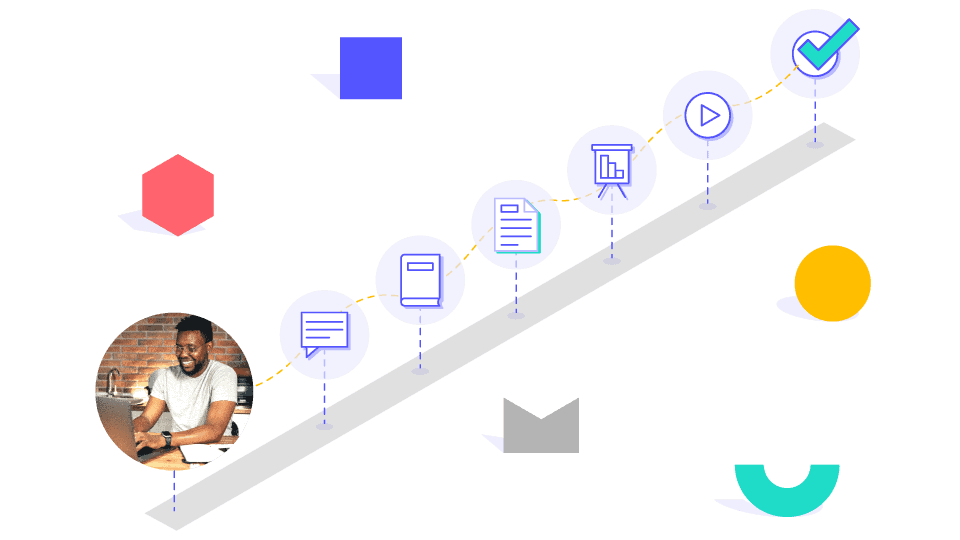
Frictionless Buying Journey
You might have a lot of content, but can your audience find it? Are they being prompted to read more content? Is the content that you’re sending your visitors based on their interests? All of these questions can be answered with content intelligence: take the friction out of the buying journey and ensure you’re delivering the right content at the right time so visitors can make a purchasing decision faster.
3. Who in your audience is showing intent

It’s great that people are consuming your content, but it’s even better when they’re thinking about purchasing it. Intent data is a product of content intelligence, and it can tell you, on an individual or account level, who is a prime candidate for marketing or sales outreach. For more information on intent signals, have a look at this article that focuses on intent signals (and why buying signals aren’t the only intent signals you should be looking for).
How enablement, content intelligence and intent work together
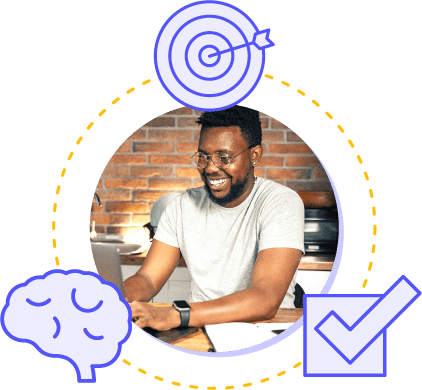
Gartner defines intent data as “information that indicates prospects’ level of interest in a particular product or service online. It includes prospects’ web searches, the pages they visit and the content they consume.”
This data is captured and analyzed to help understand the behavior and intent of an audience. In the case of content intelligence, this refers to the content that you’ve created to help your buyer along their purchasing journey.
In the case of PathFactory’s integrations with tools like 6sense and Demandbase, content intelligence tells us:
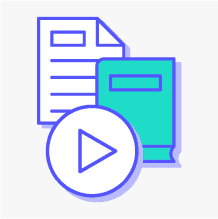
What content a buyer is consuming
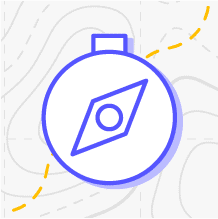
Where they are at in the buying process
What they’re interested in
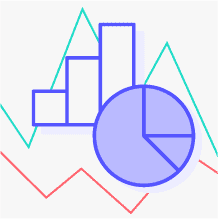
How engaged they are with your topics
All of this intent data is used to create buying signals – that is, an indicator that a buyer is interested in purchasing your product or service. If a buyer is moving through their buyer journey quickly (i.e. they’re consuming a lot of content at a faster pace than normal), PathFactory will send a ‘fast-moving buyer alert’, to let you know that an individual or account is ready to have a sales conversation. Through this data, sellers are empowered to access additional relevant content to continue nurturing their leads 1:1.
Content intelligence is key during the selling process because not only does it tell you what buyers have been self-educating and are ready for outreach, but it also tells you the content and topics they’ve consumed so your sales team can go into sales meetings prepared.
Enablement in action

Whether you’re just starting to think about the value of enablement, or looking for ways to innovate on your current strategy, PathFactory helps companies at every stage with PathFactory for Revenue Intelligence. With the right tools, you can surface known and anonymous account activity, provide sellers and marketers with data and insights to inform next-best actions to take on an account, and enable them to quickly create personalized content hubs for buying groups. With PathFactory for Revenue Intelligence, you can:
- Focus your sales efforts on prospects who are ready to buy. Gain access to real-time buying signals and understand buyer engagement with content across your website, campaigns, and 3rd party content.
- Create personalized and branded 1:1, 1:few, or 1:many buyer microsites for accounts, contacts, and visitors.
- Take a data-driven approach to optimizing your customers’ experience. Serve up unique sets of content for each buyer site based on user behavior or selection and through manually defined rules.
- Keep your content relevant. By matching the best-performing content journeys to your targeted accounts, you can be sure your prospects are only seeing content resources that resonate with them.
- Understand buyer activity at account, opportunity, and individual contact levels. Revenue intelligence can help you discern who is part of an account or buying group, in addition to what content is being consumed by them. With data at these three levels, you can strategize next best actions by marketers or sellers.

